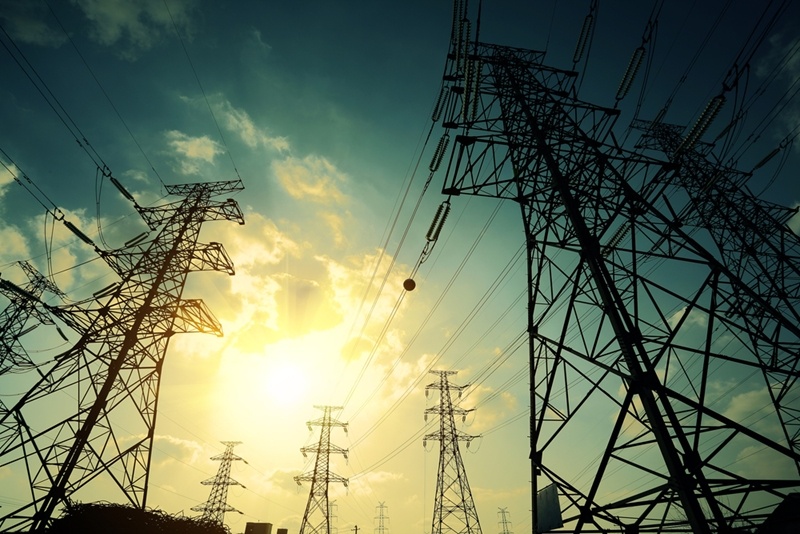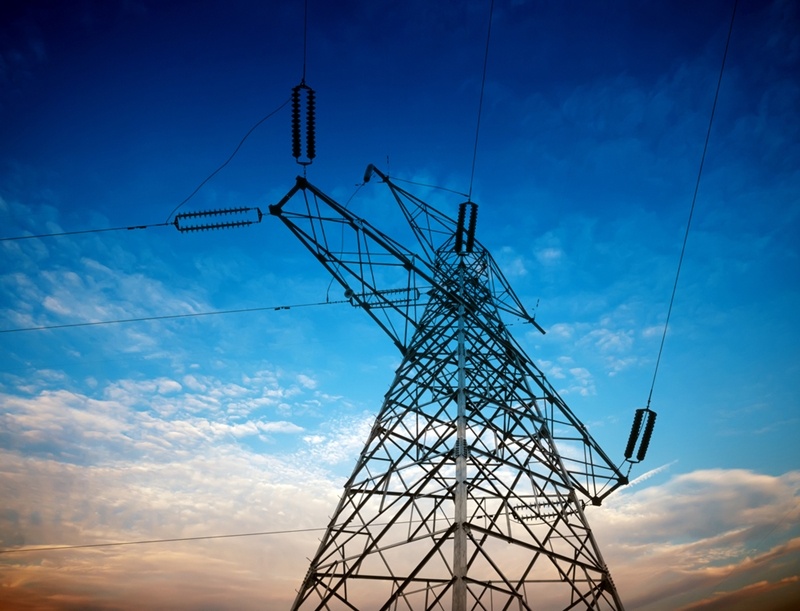FERC seeks to upgrade grid protection against geomagnetic storms
Ensuring grid stability can mean taking action against the highly improbable, even the kinds of phenomena that occur once every century. This week, the Federal Energy Regulatory Commission rolled out new guidelines to secure national energy infrastructure from "geomagnetic disturbance events," as they're called in the organization's Notice of Proposed Rulemaking presented to the North American Electric Reliability Corporation. If acted upon, this proposal could set in motion federal oversight into how grid operators and regulators incorporate new technology and preventative measures into their distribution.
"Solar storms can embed geomagnetic induced currents in both energy pipelines and the grid itself."
What is a geomagnetic disturbance event?
According to the National Oceanic and Atmospheric Administration, geomagnetic disturbances or "solar storms" are the products of solar winds passed from the sun, usually taking between 18 hours to a few days to reach Earth. Through this massive exchange in energy, disruptions to the Earth's magnetosphere and upper atmosphere will at best create colorful wave patterns in the sky as with the Aurora Borealis.
However, these storms can also cause severe satellite interference and embed geomagnetic induced currents in both energy pipelines and the grid itself. This circumstance in particular could lead to widespread blackouts of indeterminate length based on the severity of the storm and the amount of energy the magnetosphere absorbed. As such, even though the frequency of these catastrophic events are far lower than other threats to grid stability, the potential magnitude has FERC reconsidering whether past regulations were strong enough.
 As beautiful as they appear, geomagnetic storms can thoroughly disrupt the energy grid.
As beautiful as they appear, geomagnetic storms can thoroughly disrupt the energy grid.
What has changed from the first round of FERC/NERC regulations?
In 2013, FERC's Order 779 mandated that the North American Electric Reliability Corporation develop a plan to both benchmark GMDs and establish meaningful progress toward ensured reliability. NERC addressed these queries in the months following the initial assessment, but FERC recently announced how it took issue with certain aspects of how NERC implemented its standards. For instance, NERC created a distance-based scale of 500 square kilometers to measure the impact of GMDs, should they occur. According to RTO Insider, FERC saw this an oversimplification of a complex threat, citing how variables in a GMD that would otherwise go unnoticed under this system could undermine regional efforts to mitigate the aftereffects.
Additional consideration FERC requested in its proposal included a discussion as to why power transformers should be exempt from thermal impact assessment by NERC's discretion. Depending on their severity, geomagnetic induced currents passing through a transformer could cause extensive heat damage and power failure. In proceedings, FERC cited a 2014 U.S. Department of Energy study discussing the difficulty in replacing blown transformers in a timely fashion. By subjecting these machines to maximum GIC testing - 20 volts per kilometer as opposed to the standard 8 - both organizations could identify possible stability issues before they occur. Moreover, FERC seeks to impress upon NERC the importance of a GIC monitoring system installed sparsely, but intelligently throughout the grid network.
This content is property of ESCO Advisors and all reproductions must reference and link back to the ESCO Advisors website.
Share this
You May Also Like
These Related Stories

How an unknown energy bill could greatly impact the U.S. grid

How the government and generators deal with clean energy adoption together


